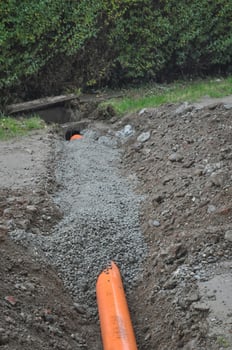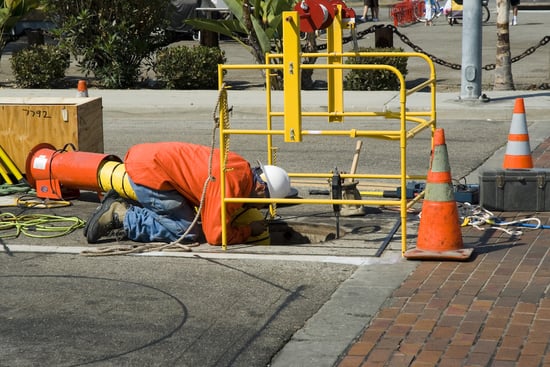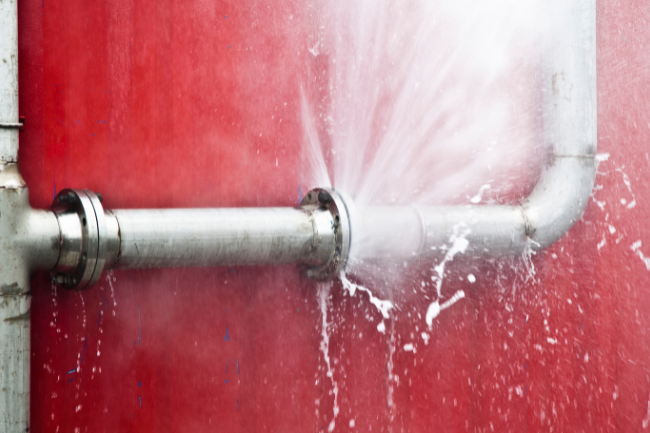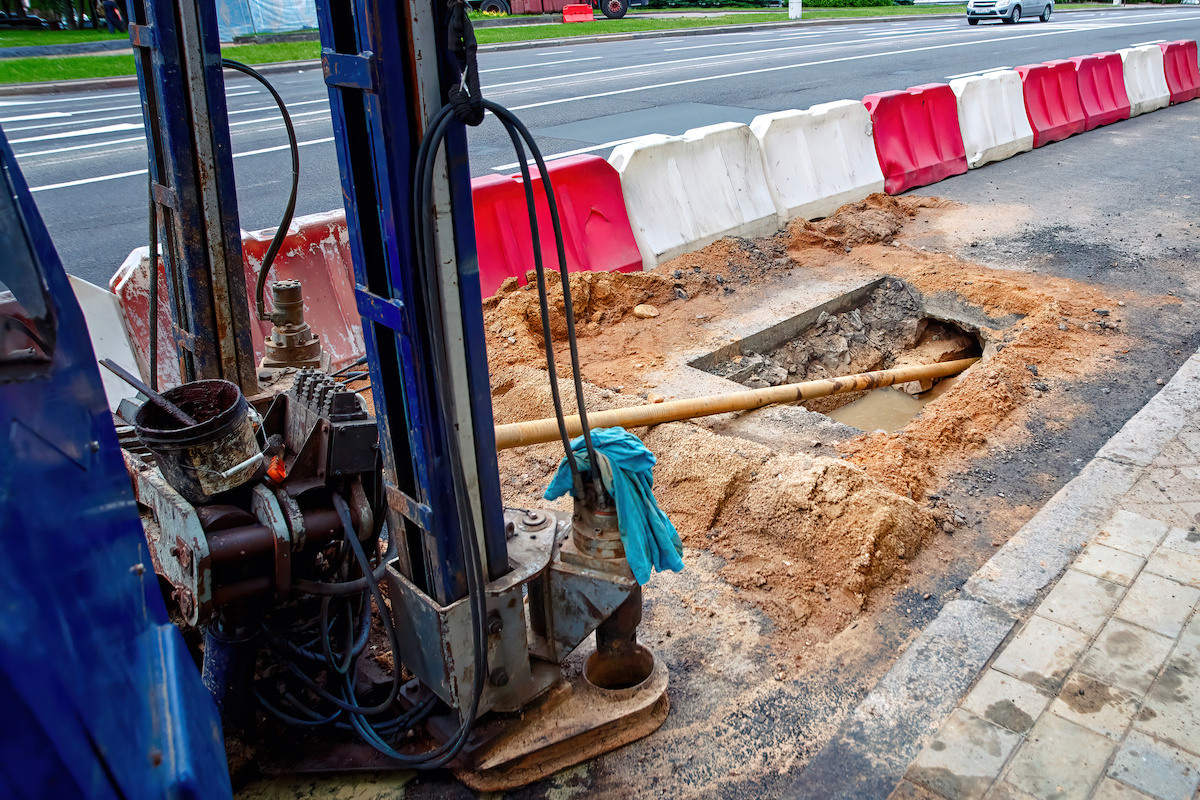How Trenchless Plumbing Pros Repair Faulty Pipe Lining
Posted by William Heinselman on
 As incident-free as pipe lining applications typically go, there is always a slim possibility of error; this is just a universal truth in home and commercial renovation, including plumbing care. Trenchless pipe lining, the application and curing of epoxy resin materials within broken pipe walls, is no exception.
As incident-free as pipe lining applications typically go, there is always a slim possibility of error; this is just a universal truth in home and commercial renovation, including plumbing care. Trenchless pipe lining, the application and curing of epoxy resin materials within broken pipe walls, is no exception.
Every now and then, pipe lining material will not fully cure within a damaged pipe’s walls - this can be due to a number of factors. Most often, one of two things has happened: either the resin compounds were mixed incorrectly or some source of water has washed away the liquid resin before it had fully cured.
Whatever caused the lining installation to fail, there is no way to go back in time and prevent it from happening; however, there are ways that trenchless pros can remedy the problem without having to dig out the failed pipe liner. In this blog, we discuss ways that trenchless plumbing experts in your area can help you overcome a failed pipe lining problem.
Diagnosing the Failed Lining Issue
The first step trenchless plumbing teams will typically take to repair a faulty or uncured pipe liner is conducting a video inspection. Like any other plumbing video inspection, this is usually done remotely through a CCTV van, which receives a live feed from a small, wired camera routed into your faulty pipe.
During video inspection, the full extent and likely cause of the faulty lining can be identified with ease, and next steps can be evaluated. You’re probably familiar with pipe video inspection already, having a pipe lining project attempted in the first place. In addition to failed, uncured lining material, sewer video inspection tools can be used to identify:
- Pipe cracks
- Root intrusions
- Protruding pipe sections
- Recessed taps
Sewer video inspections are typically conducted before and after every trenchless lining/bursting application.
Moving Forward and Repairing the Pipe
Once trenchless experts have determined the extent of the faulty liner problem within your pipes, informed decisions can be made to resolve the problem. Generally, the first option a trenchless team will consider is re-curing the liner with a hot water circulation tube. During this application, the team will insert the circulation tube into your pipe and use it to cycle extremely hot water; the goal of this process is to essentially liquify improperly cured liner pipe, and cure it a second time over the course of several hours.
If it’s determined that only a small segment of pipe liner is uncured or has washed away, sectional point repair will likely be the right solution. Sectional point repair is trenchless pipe lining on the small scale; using a small, inflatable bladder, trenchless pros can reline the targeted section of pipe in a matter of hours, through noninvasive entry points on your lawn. Sectional point repairs are also ideal for isolated sewer line cracking, intrusion, bellying and slightly disconnected pipe joints.
However, if the entire length of pipe liner material is faulty, full relining may be required. In this case, trenchless pros can attempt to remove any leftover lining materials from the prior application, or, if that fails, simply apply new lining material over the previous. Aside from re-curing with a water circulation tube, this is the most affordable way to resolve a faulty pipe lining problem.
If none of the above methods work, the only option left is to manually dig out the pipe and lay down a new line. While a hassle, it’s the only 100% guaranteed way to repair an improperly lined sewer pipe. Due to the costs involved in excavating and replacing a faulty pipe line, the dig-free solutions mentioned above should always be attempted or considered first. Pipe relining and sectional point repair should always be the first choice for restoring an improperly lined sewer pipe.
Topics: Trenchless Technology, Sewers







